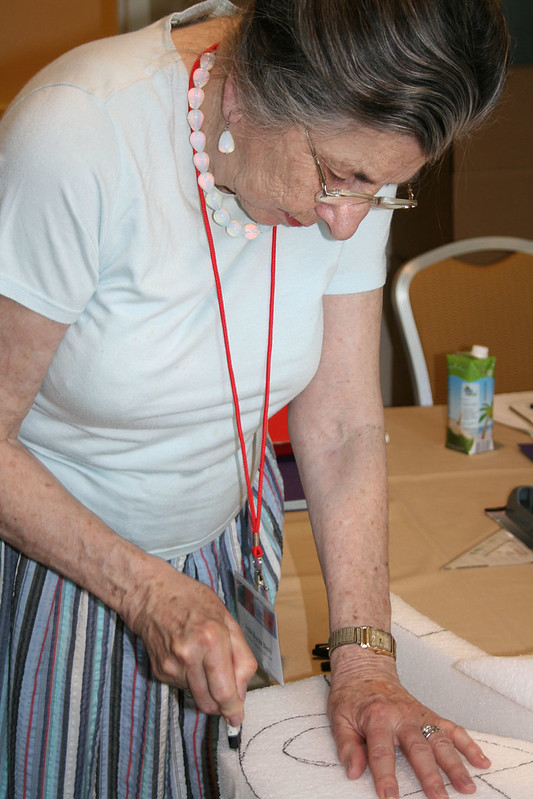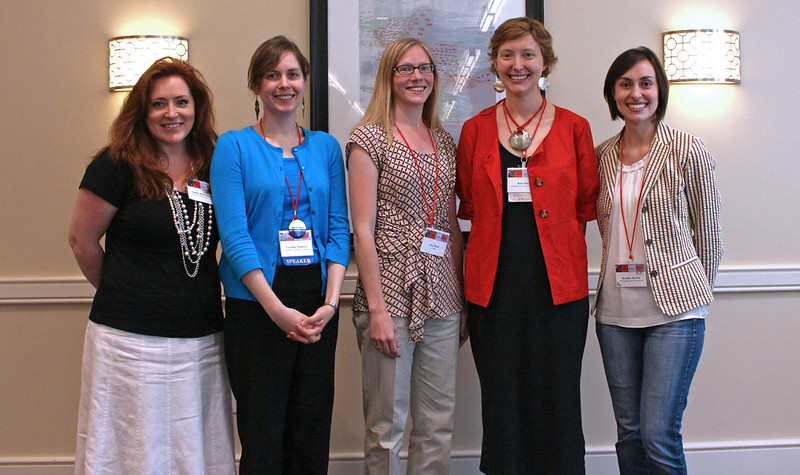Heather has posted some wonderful tips on what it takes to become a conservator, and her last post really rang true with me. It takes a lot of sacrifices to try to get even as far as a graduate school interview in this field, but we’re also blessed to do rewarding and interesting work that makes these sacrifices worth it.
I would like to add one more piece of advice to Heather’s list: (11) Diversify.
Even if you think you may know which specialty within conservation interests you the most, one key part of pre-program experience is to get a broader perspective on the field. Maybe you’re lucky enough to live in a major metropolitan city with abundant opportunities for internships, but maybe not—that’s why you have to have an open mind about the field of conservation and what “pre-program experience” really means.
Conservators come in many breeds, and many have worked in other places before coming to conservation. It’s no disadvantage to work a related field, even if the work seems not to offer the treatment experience we all crave. Here are some tips on how to think in broad terms and find ways to amplify your pre-program experience:
1. Think big.
Conservation is a large discipline, even if it may seem like a small community at times. Looking through the AIC directory can give you a sense of how diverse our profession is: there are conservators working on underwater archaeological conservation, natural history specimens, archival photos, national and international built heritage, and everything in between. Even if you’re interested in something specific, chances are you have something to learn by stretching yourself.
I started off with a summer Museum Studies Internship, which showed me that conservation in a big museum is one (important!) part of a much larger institution. Understanding the broader picture has helped me appreciate the relationships that form between conservators and education and curatorial departments in the museum, and other members of the arts community.
2. Think small.
Small museums are great places to work! Look for related positions in collections management, education, or anywhere else you can get involved. I worked for a year as a collections intern at the
Rosenbach Museum and Library, an amazing gem of a museum that has both a historic home and a research library replete with rare books, prints, photographs and plenty of Americana.I got a lot of experience working with the collection and seeing the needs of a smaller museum that focuses heavily on preventive conservation. Even though I’m interested in objects conservation, this experience was crucial to my understanding of the field and I saw firsthand the value of historic documents and the importance of their preservation
3. Don’t be shy.
When I visited the
Academy of Natural Sciences for the first time since I was a little kid, I walked by the Fossil Preparation lab and saw people working on fossils right before my eyes. I asked some questions about what they were doing and what kind of experience they had. I was excited to learn that many of people I saw in the lab were volunteers, and asked who I could talk to learn more about working in the lab. After speaking to the lab supervisor, I contacted the museum’s official Volunteer Coordinator to begin volunteering. Now I get to work in an awesome lab preparing dinosaur fossils, and all it took was asking.Don’t be shy when you visit museums. You should feel free to ask employees (docents, guides, visitors services, etc.) about opportunities to work or volunteer where they do. Usually when you show genuine interest in what someone does, they’re happy to talk to you. Make sure to ask for contact information and follow up.
Other tips:
Don’t forget to check the institution’s website: there’s probably a volunteer and internship coordinator waiting to hear from you.
Be persistent: sometimes emails get put on the back burner. If you haven’t heard back from someone, it usually doesn’t mean they didn’t find you important enough to email back. If you haven’t heard back from someone in a few weeks, email again, politely, to ask if they’ve had a chance to look over your request or if they know someone who can help you.
If you want to get diverse experience, you might consider trying to make some time for additional unpaid work, though I know this isn’t an option for everyone. If you can look for options to work as a weekend volunteer, you’ll get some valuable experience without sacrificing your 9-5 hours.
Last but not least, if you have an opportunity to meet other pre-program interns, ask them where they work and how they started out there. We pre-program interns know that it can be difficult to find internship opportunities, so let’s all help each other out. Current grad students and recent or not-so-recent graduates can also be a resource. Everyone has their own story of how they got into conservation, so don’t be afraid to ask.
Good luck!








